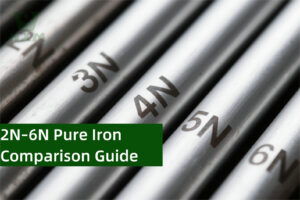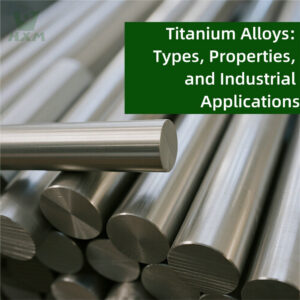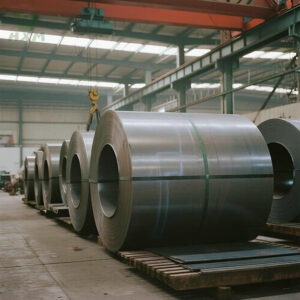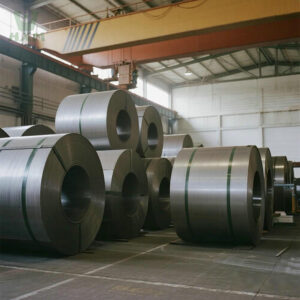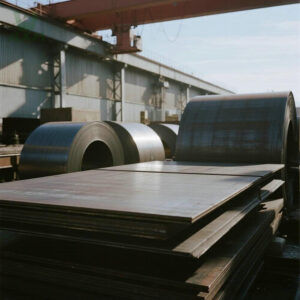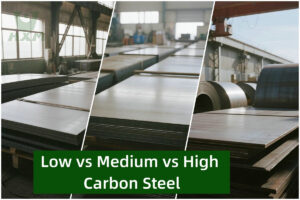Stainless Steel Clad Plate Supplier
Introduction to Stainless Steel Clad Plate
Stainless Steel Clad Plate, also known as Stainless Steel Composite Plate, is a bimetallic material made by bonding stainless steel to a carbon steel or alloy steel base (usually aluminum alloy). This process combines the corrosion resistance and durability of stainless steel with the strength, weldability, and cost efficiency of base steels.
Huaxiao-Alloy supplies high-quality stainless steel clad plates designed to meet the requirements of industries such as petrochemical, shipbuilding, energy, pressure vessels, and construction.
1. Structure of Stainless Steel Clad Plate
A typical stainless steel clad plate consists of:
Cladding Layer (surface): Stainless steel, providing corrosion resistance and attractive appearance
Base Layer (substrate): Carbon steel or low-alloy steel, offering mechanical strength and lower cost
Bonding is achieved through advanced processes such as hot rolling, explosive welding, or vacuum bonding, ensuring a metallurgical bond between layers.
2. Grades & Materials
Cladding (Stainless Steel):
Austenitic: 304, 304L, 316, 316L, 321, 347
Duplex: 2205, 2507
Nickel-based alloys (optional, e.g. Inconel, Monel, Hastelloy)
Base Materials (Carbon/Alloy Steel):
Carbon steel: Q235, Q345, A516 Gr.60/70, ASTM A36
Low-alloy steels: 16Mn, 09MnNiDR
Boiler and pressure vessel steels: SA516, SA387
3. Specifications
Thickness: 3 mm – 200 mm (customized combinations available)
Width: Up to 3000 mm
Length: Up to 12,000 mm
Cladding Thickness: Typically 1.5 mm – 10 mm, customizable based on design
Bonding Ratio: ≥ 90% (ensures strong metallurgical bond)
Standards: ASTM, ASME, GB/T 8165, JIS, DIN
4. Key Properties of Stainless Steel Clad Plate
Excellent Corrosion Resistance – stainless steel cladding resists acids, alkalis, seawater, and chemical environments
High Strength & Toughness – base steel provides mechanical load-bearing capacity
Cost Efficiency – less stainless steel used compared to solid stainless steel plate
Good Weldability & Fabrication – compatible with conventional steel welding and forming processes
Versatility – wide choice of cladding and base steel combinations
5. Applications
Petrochemical Industry
Used in reactors, towers, pipelines, heat exchangers, and pressure vessels where corrosion resistance and mechanical strength are both required.
Shipbuilding & Marine Engineering
Applied in hulls, storage tanks, seawater desalination plants, and offshore platforms.
Power & Energy Industry
Used in nuclear power, thermal power, LNG storage tanks, and boiler equipment.
Construction & Infrastructure
Applied in bridges, architectural facades, storage tanks, and urban facilities requiring both durability and appearance.
Metallurgy & Chemical Industry
Used for acid-resistant linings, chemical reactors, evaporators, and separators.
6. Why Choose Huaxiao-Alloy Stainless Steel Clad Plate?
Wide Material Range – stainless steels, duplex steels, and nickel alloys available for cladding
Reliable Quality Control – ISO-certified production and metallurgical bonding process
Customization – thickness, size, and cladding ratio tailored to customer requirements
Global Supply Experience – trusted by clients in Europe, the U.S., and Asia
Competitive Pricing & On-time Delivery – balancing performance and cost efficiency
A clad plate uses a thin stainless steel layer bonded to a steel substrate, reducing cost while maintaining corrosion resistance. Solid stainless steel plates are more expensive and heavier.
The main methods include hot rolling, explosive bonding, and vacuum rolling. Huaxiao-Alloy supplies plates manufactured with stable metallurgical bonds.
Yes. Welding should consider both the base metal and the cladding layer. Proper filler materials are selected depending on application.
Industries requiring corrosion resistance + strength + cost efficiency, such as petrochemical, shipbuilding, power, chemical, and infrastructure.
For most applications, 2–5 mm cladding is sufficient. Higher thickness may be required in aggressive environments (e.g., strong acid).

